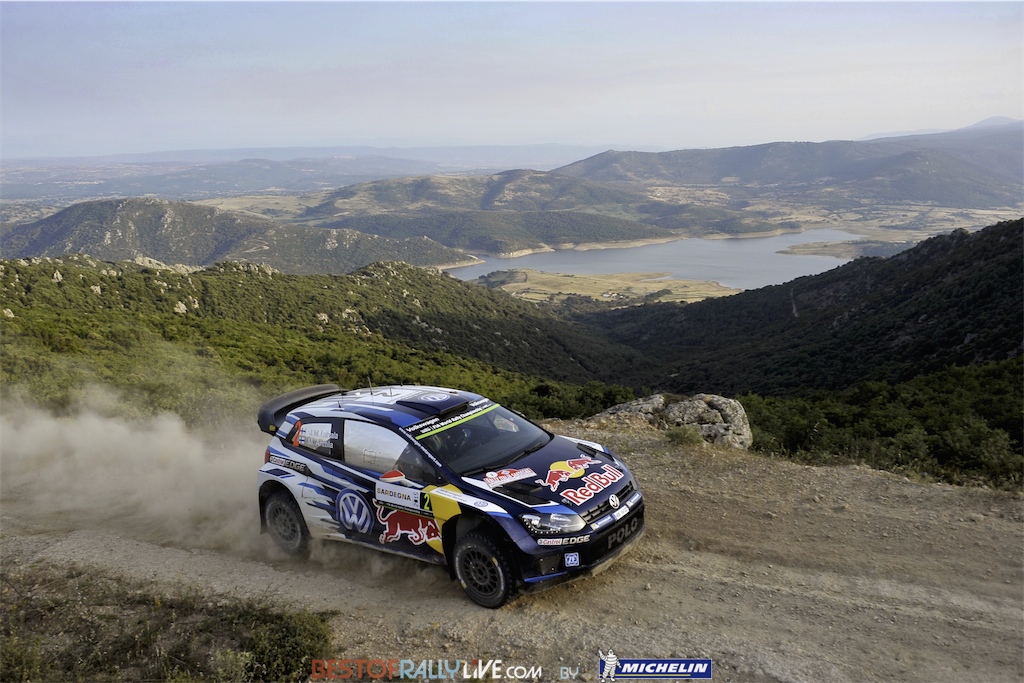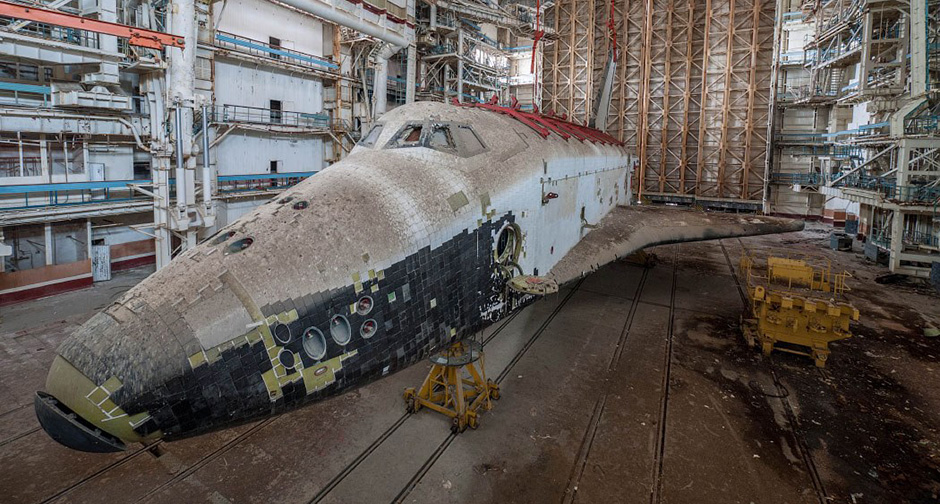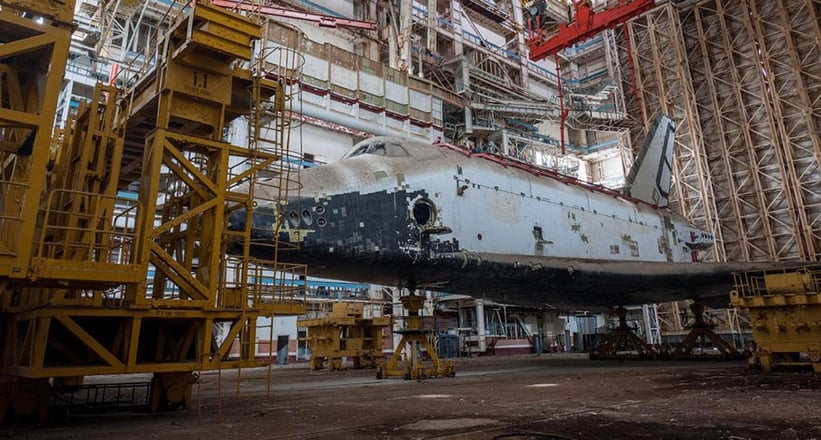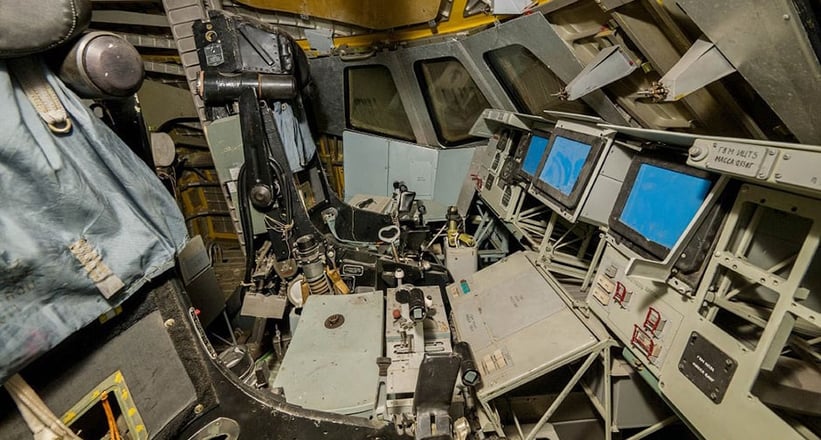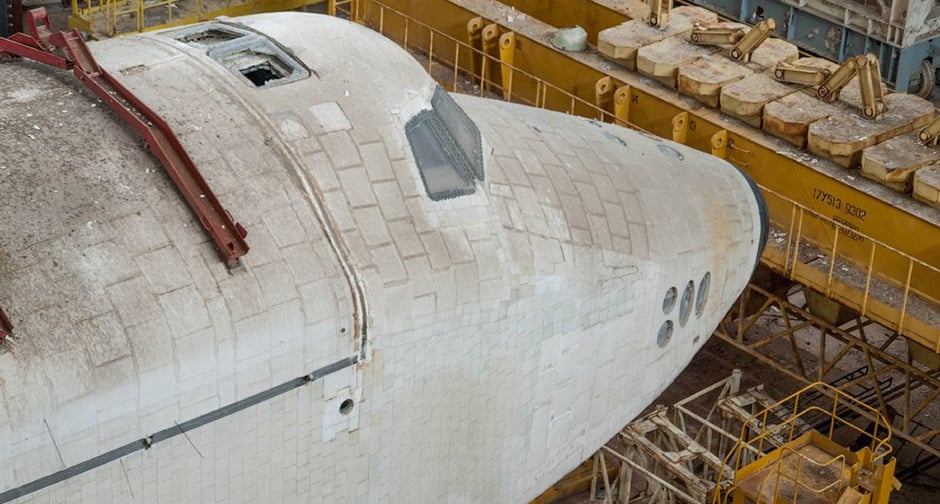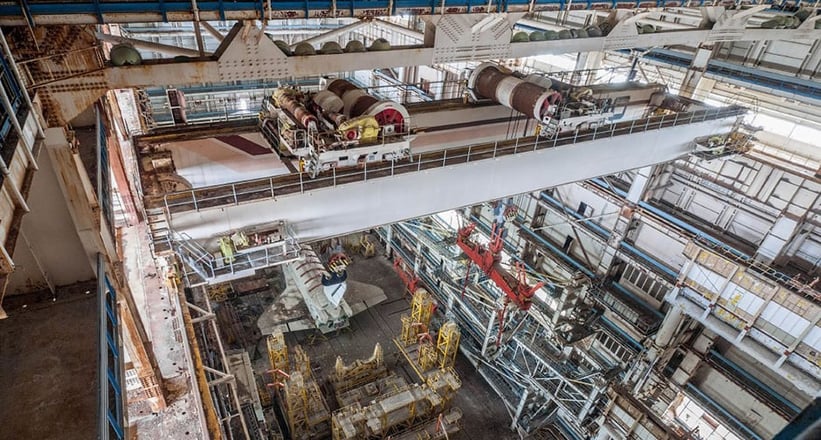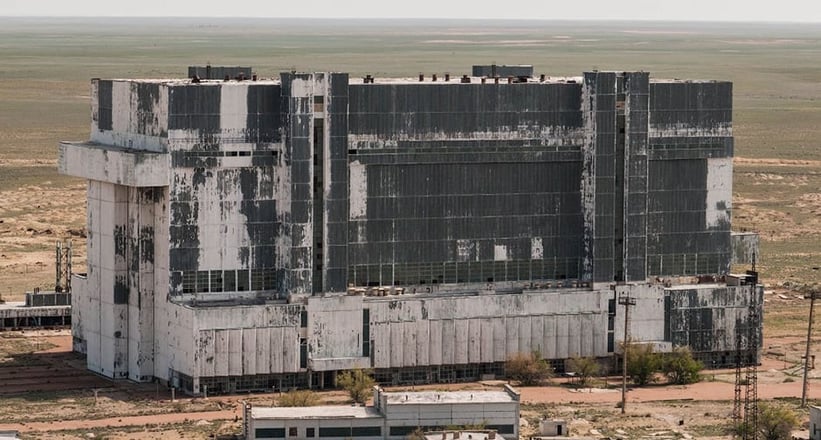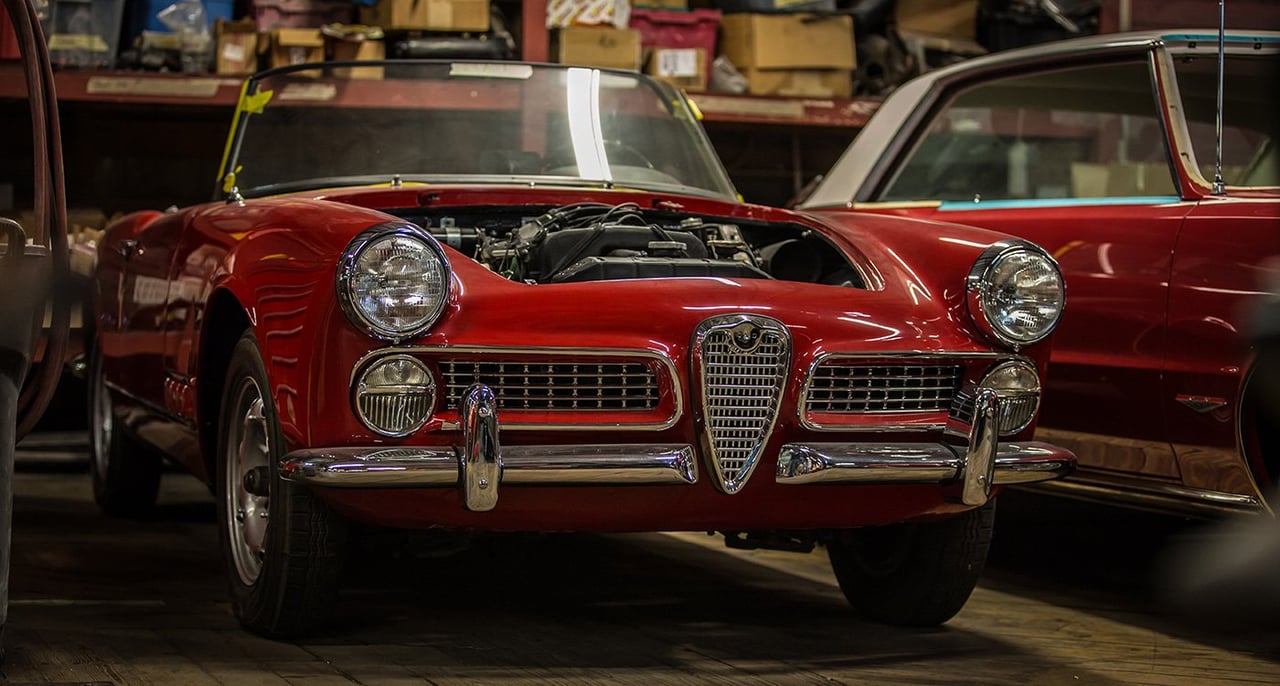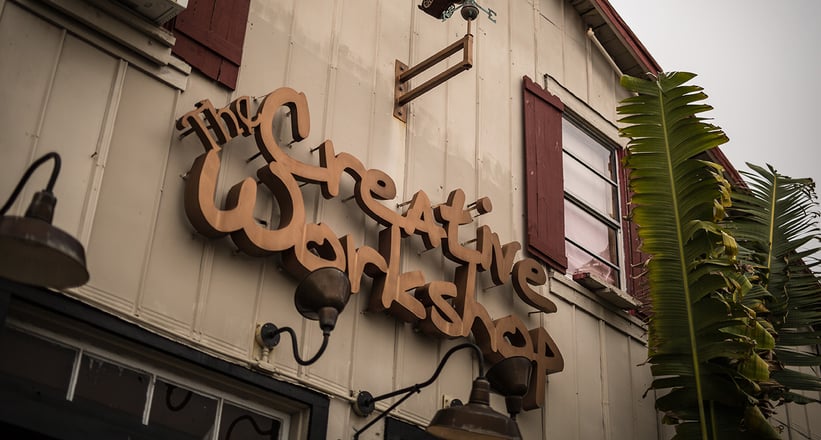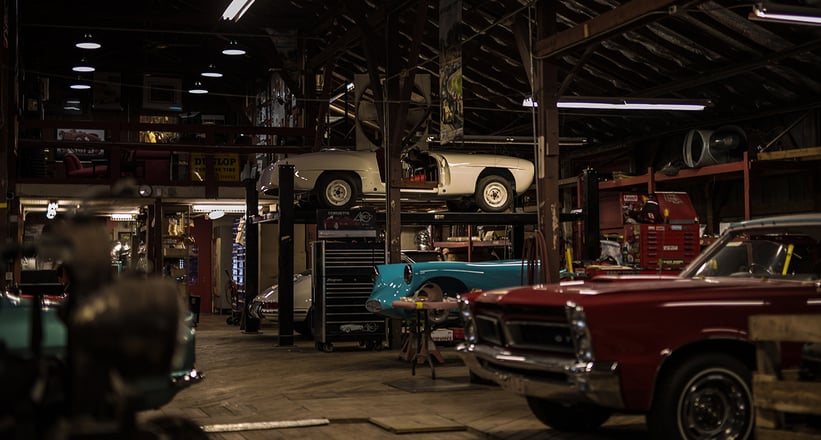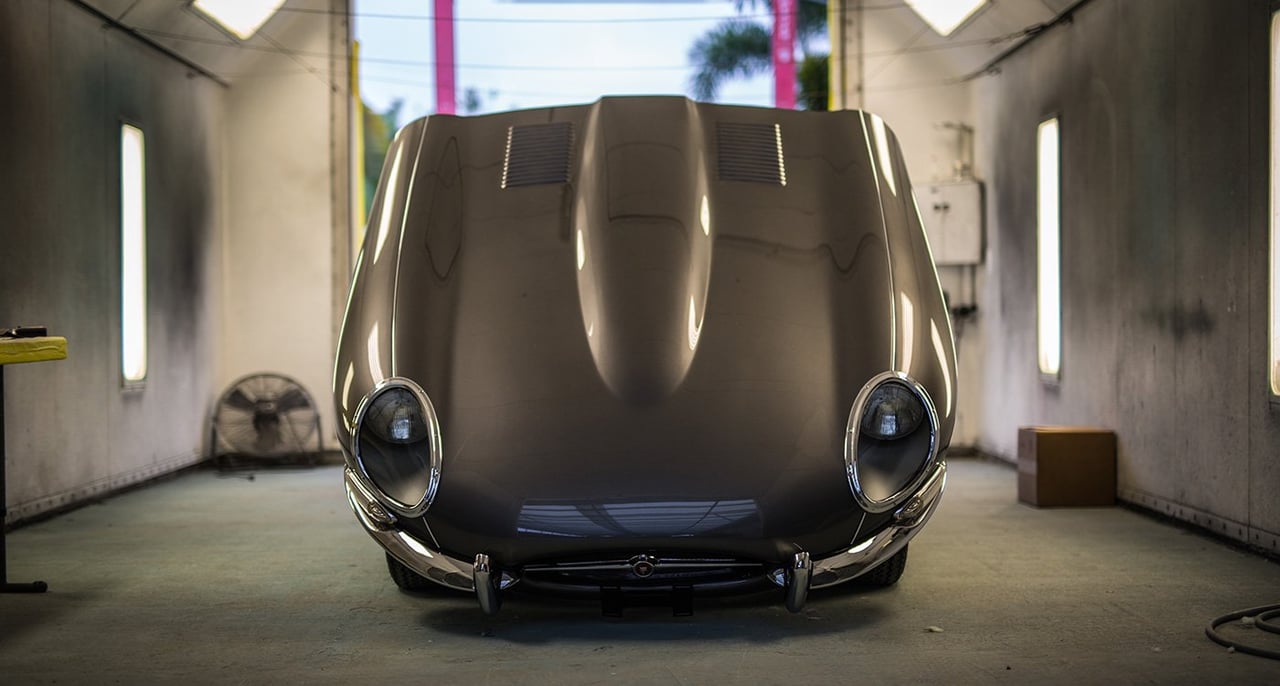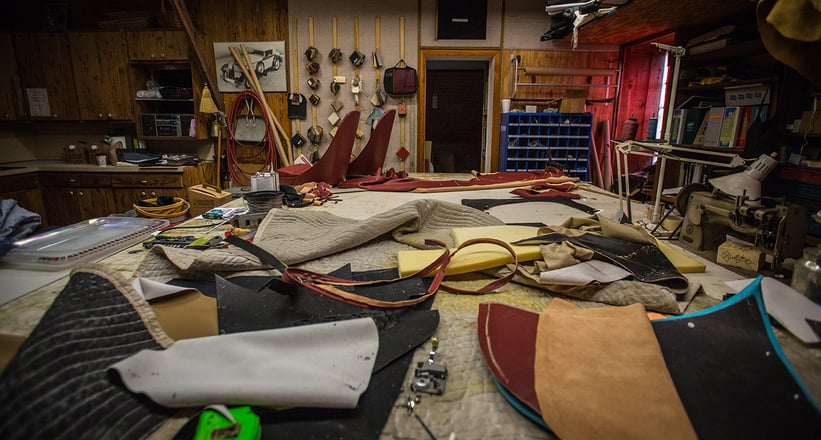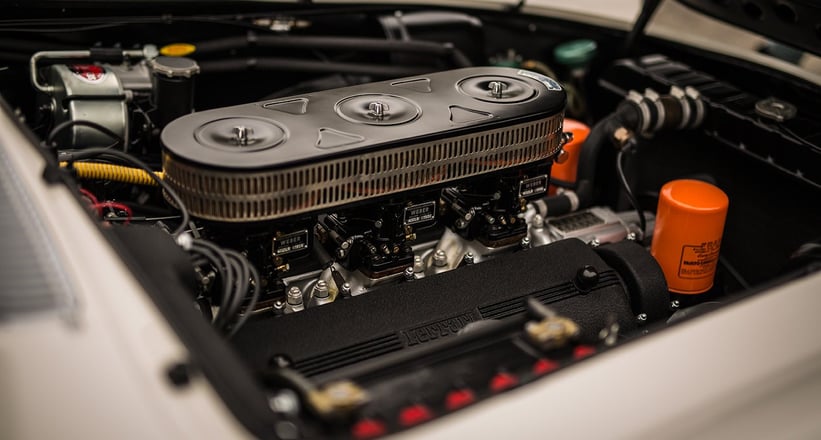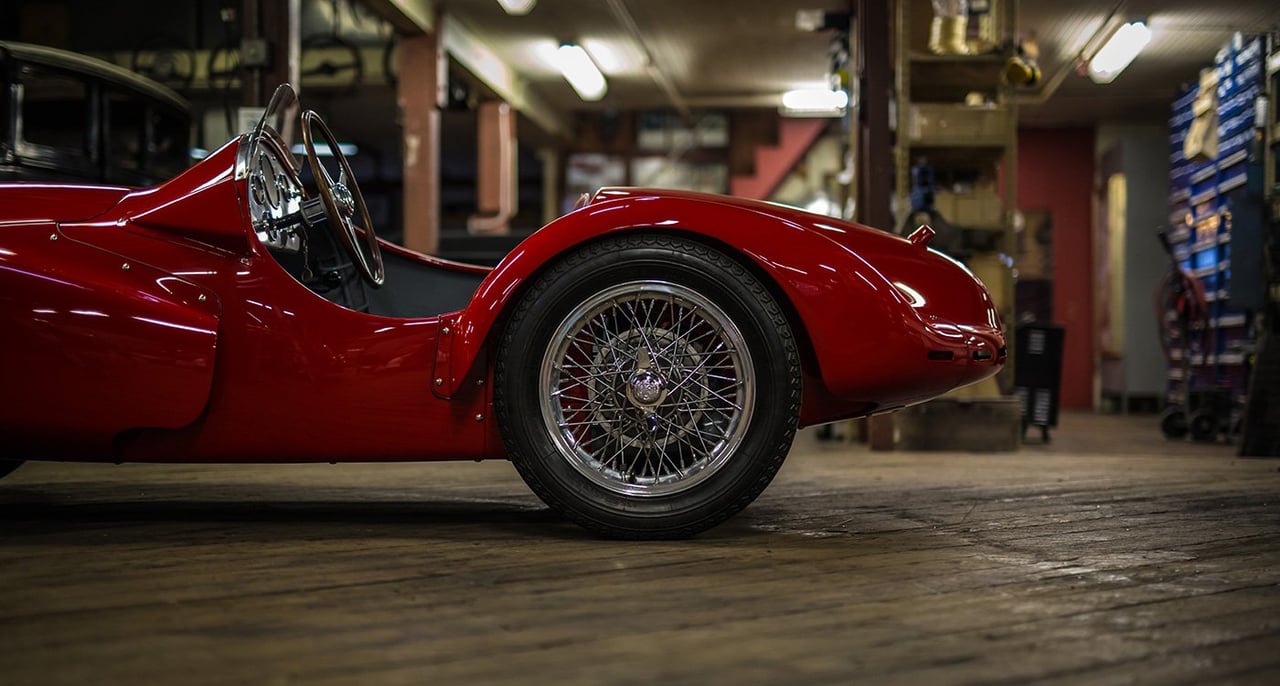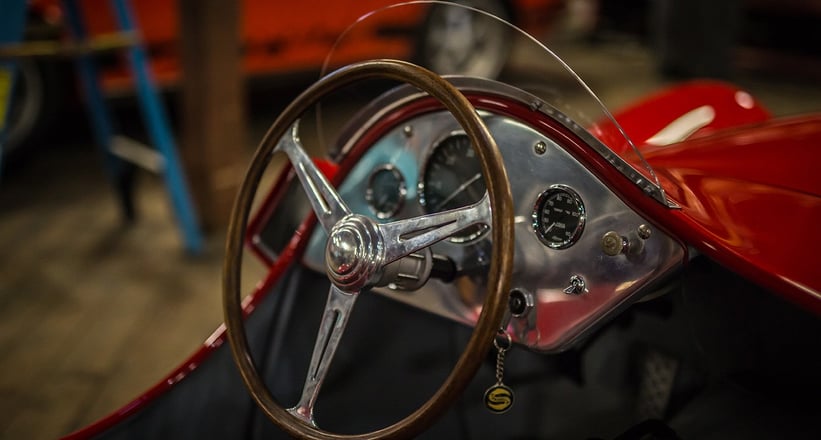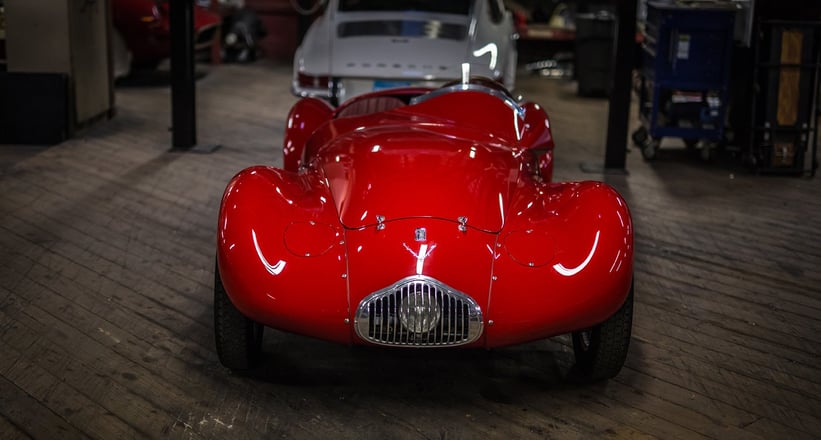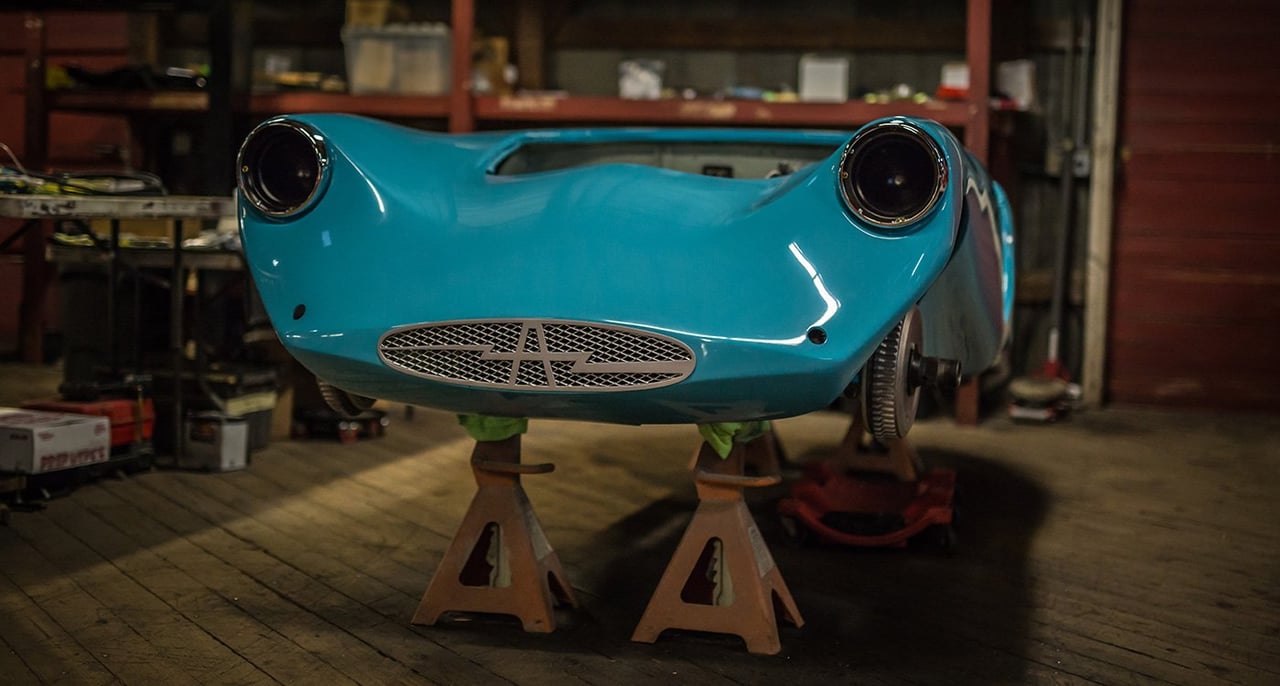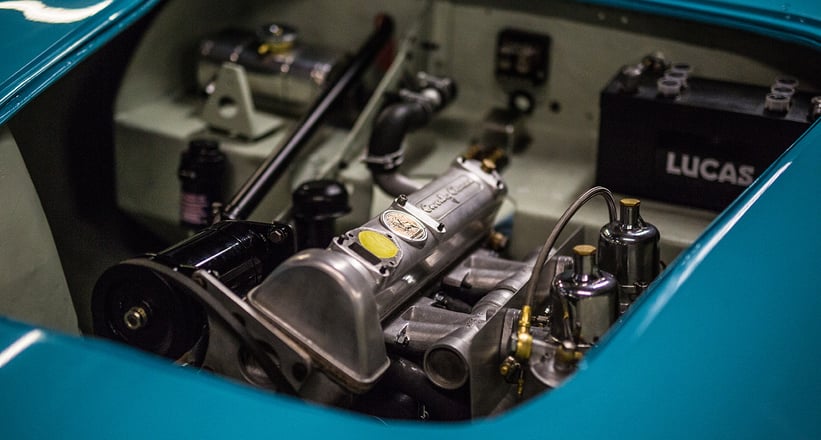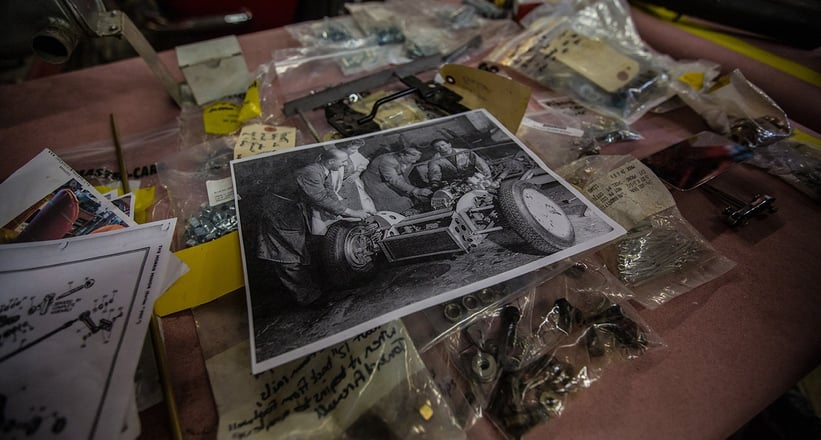Après le Rallye alpin d’Autriche (1910) et le Rallye Monte-Carlo (1911), le Rallye de Pologne est la troisième épreuve routière la plus ancienne avec une première édition organisée à Varsovie en 1921.
Le Rally Poland, qui fête cette année sa 72e édition, figure sur le podium des rallyes les plus anciens après l’Österreichische Alpenfahrt et le Monte-Carlo. Sa première édition remonte à 1921, mais la première épreuve routière polonaise date de 1912.
Cette année-là, l’Imperial Club de Saint-Pétersbourg avait organisé un rallye automobile entre Varsovie, Kiev et Moscou. Une seconde édition s’est tenue en juillet 1913 sous forme d’une boucle de 582 kilomètres autour de Varsovie avec 16 équipages au départ. L’année suivante, l’épreuve comptait quatre étapes, 1215 km, et fut remportée par le Comte Karol de Raczynski sur une Rochet-Schneider.
La Première Guerre mondiale mit un terme momentané aux courses de vitesse en Pologne. En 1921, l’Automobile Club de Pologne (Towarzystwo Automobilistów Królestwa Polskiego), qui avait pour mission principale de promouvoir l’automobile et de former les conducteurs, a organisé le premier Rajd Polski sur un parcours de 600 km (Varsovie- Białowieża-Varsovie), en grande majorité sur terre.
Seuls six concurrents se sont présentés au départ et la victoire est revenue à Tadeusz Heyne sur une Dodge Touring. Né en 1883, Tadeusz Heyne avait suivi des études techniques avant de travailler chez Skoda en République Tchèque, puis dans l’aviation en Russie.
Le Rajd Polski s’est développé Entre-Deux-Guerres, passant de 600 à 4500 km en 1939. Cette année-là, l’épreuve a carrément fait le tour du pays avec 68 équipages. Elle fut remportée par Renato Ghisalba sur une Fiat 1100 engagée par l’importateur, devant Stefan Grossman sur Citroën.
Après la Deuxième Guerre mondiale, l’Automobile Club de Pologne a réorganisé le Rajd Polski en septembre 1946 avec quelque 71 voitures épargnées par les ravages de la guerre. Les participants ont reçu une véritable ovation sur le parcours.
Puis le Rallye de Pologne a intégré le calendrier européen en 1960. En revanche, il ne compte que trois éditions en WRC : 1973, 2009 et 2014.
Depuis 2005, le Rajd Polski est installé à Mikolajki, dans la région des Lacs de Mazurie, et en octobre dernier, un accord a été signé entre l’Automobile Club de Pologne et les élus de la cité touristique pour que l’épreuve continue d’être organisée à Mikolajki pendant les dix prochaines années.

Rally Poland is the third longest-standing road fixture in motorsport history, after the Austrian Alps Rally (1910) and the Rallye Monte-Carlo (1911). The first event was based in Warsaw and organised in 1921.
This year marks the 72nd running of Rally Poland. That makes it the third oldest rally after the Österreichische Alpenfahrt and the Monte-Carlo. It was organised for the first time in 1921, but the country’s original rally was held in 1912.
That year, the Imperial Club of Saint Petersburg staged a rally between Warsaw, Kiev and Moscow. A second version in July 1913 took the form of a 582km loop around Warsaw with 16 starters. The following year, it was divided into four legs totalling 1,215km and was won by Count Karol de Raczynski in a Rochet-Schneider.
Competitive action in Poland was halted by the outbreak of the Great War but returned in 1921 when the national car club (Towarzystwo Automobilistów Królestwa Polskiego, tasked with promoting the automobile and educating drivers) organised the inaugural, predominantly dirt Rajd Polski which featured a 600km run from Warsaw to Białowieża and back.
Only six entries were received and the event was won by Tadeusz Heyne in a Dodge Touring. Heyne was born in 1883 and his technical background led him to jobs with Skoda in the Czech Republic and then in Russia’s aviation industry.
The Rajd Polski grew in length to 4,500km by 1939 when the 68 starters performed a complete tour of the country. Winner was Renato Ghisalba in a Fiat 1100 entered by the local importer, ahead of Stefan Grossman in a Citroën.
After World War 2, the event returned in 1946 with an entry of 71 cars which had survived the war.
Rally Poland was included in the European Rally Championship in 1960 and has counted towards the WRC three times (1973, 2009 and 2014).



